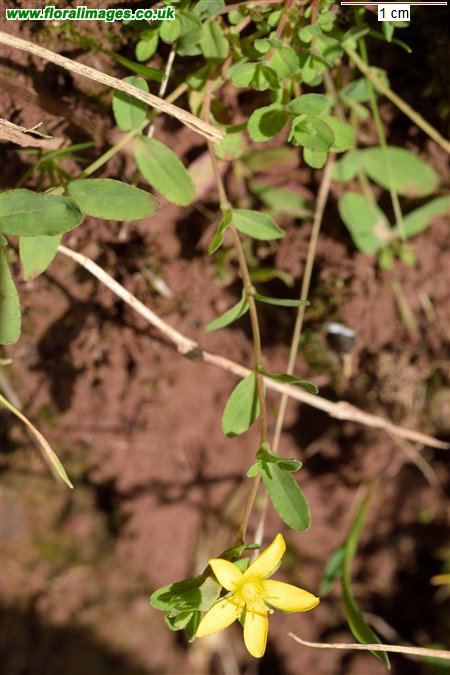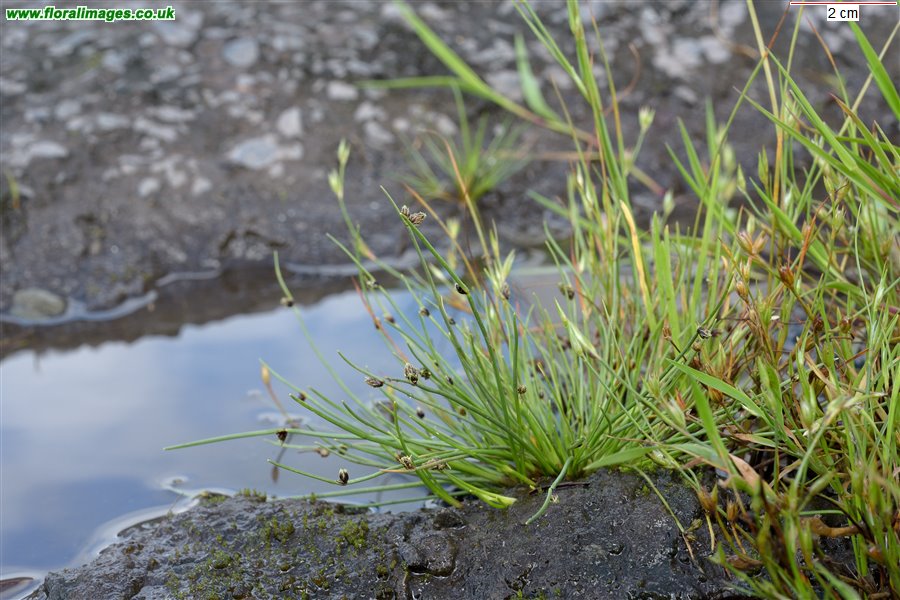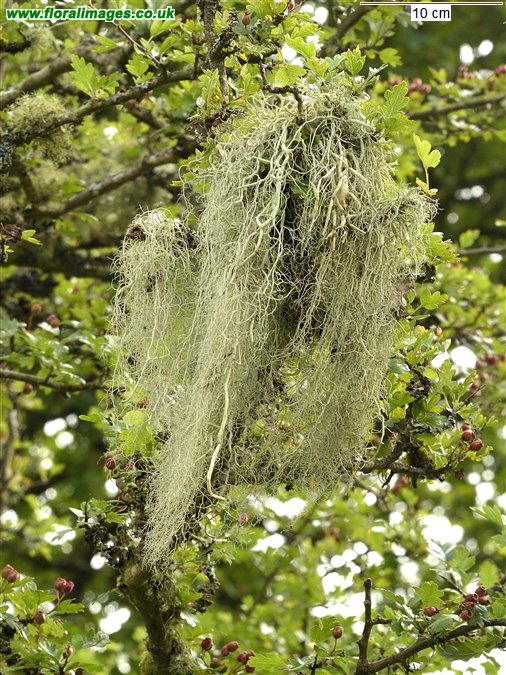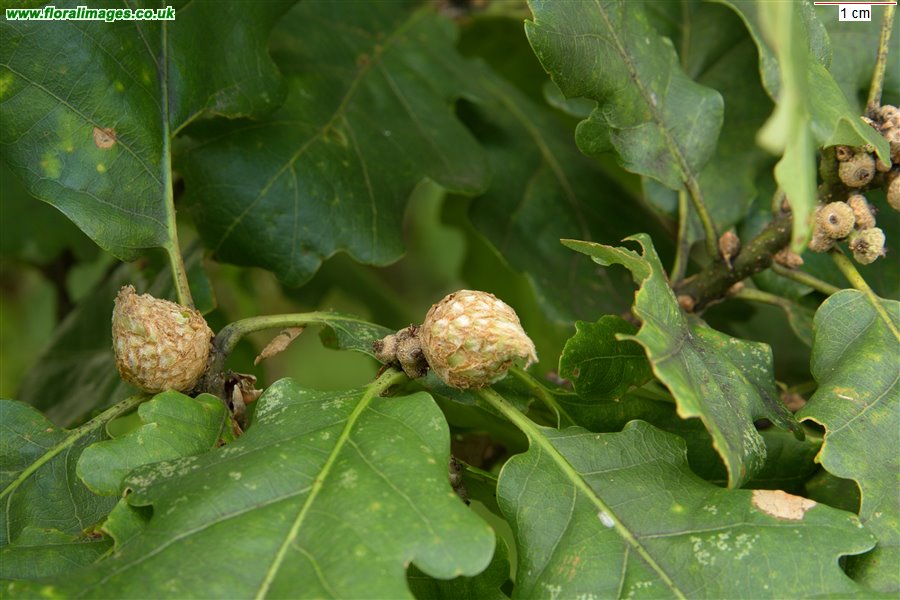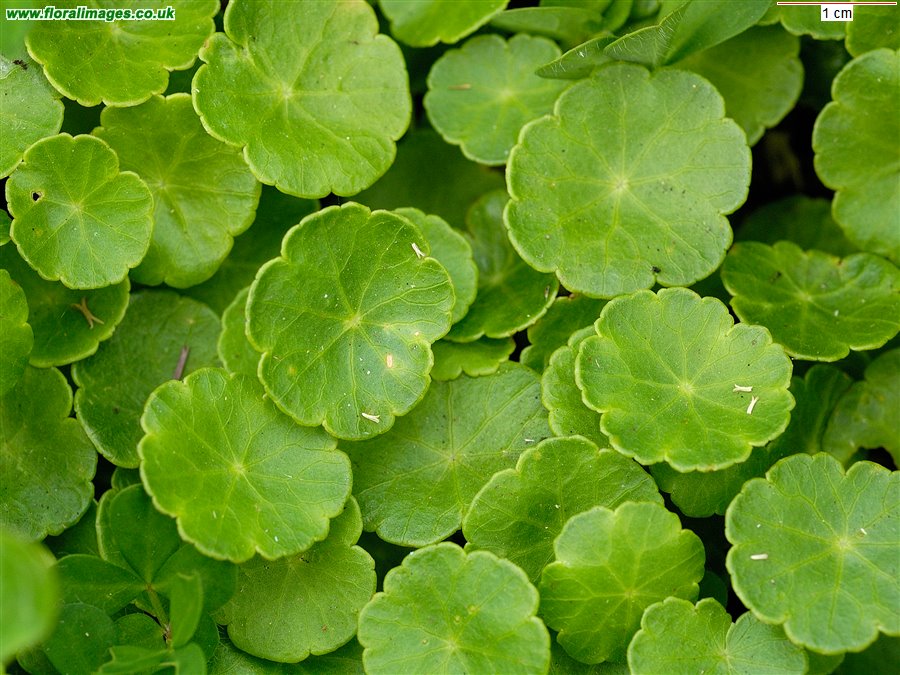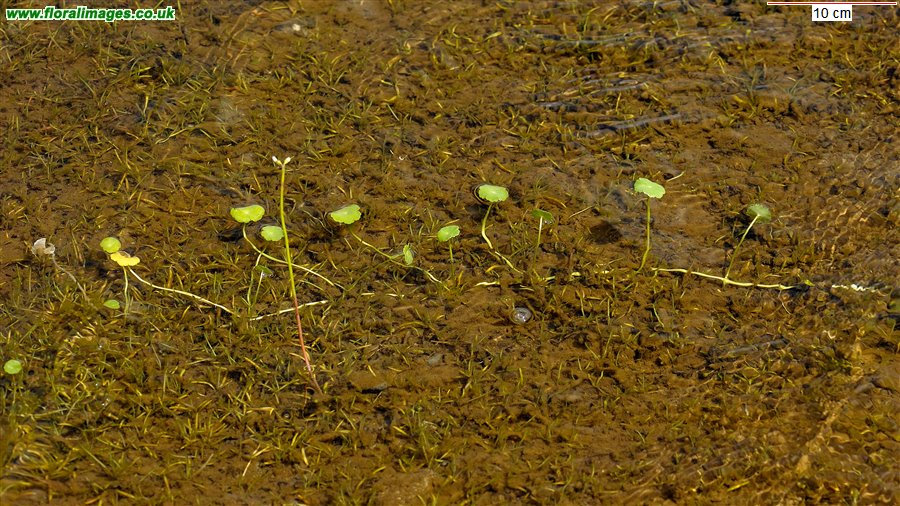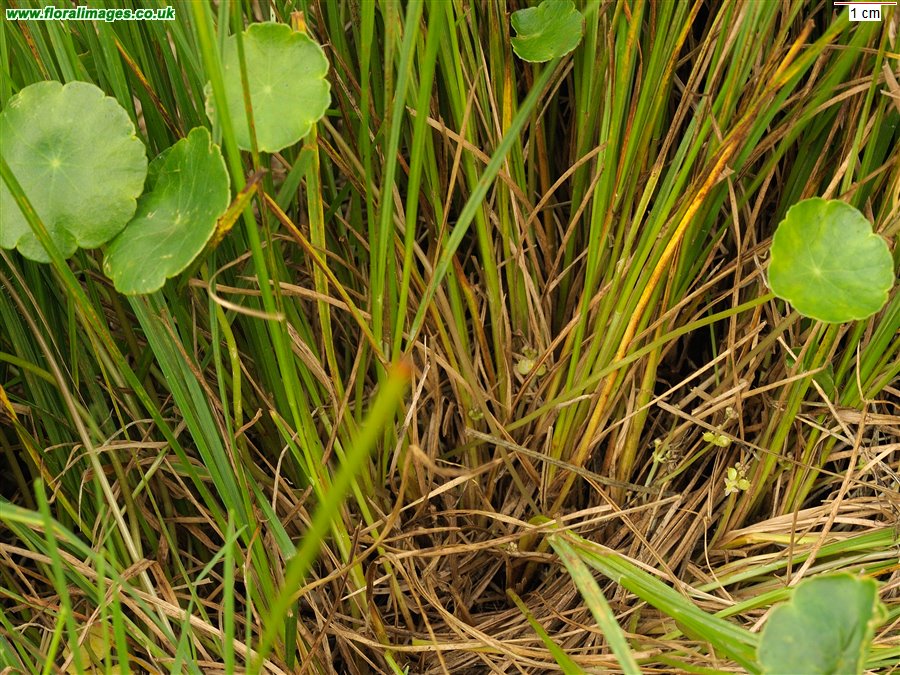The wet days continue - it doesn't seen to matter what the forecast predicts - we get wet...
But in each case last week well worth the effort, first on a farm north of Beulah that has several "unimproved" fields and lovely (show prize-winning) ponies.
And there is a thistle "problem" this year in one or two little areas...
Creeping Thistle,
Ysgallen y maes
or
Cirsium arvense
More on the thistles to come.
High up above the wet meadows and near the common we searched for Mountain Pansies, reported by the tenant and found this in the area:

Trailing St John's-wort,
Eurinllys ymdaenol
or
Hypericum humifusum
We had stopped looking for the pansies in the area expected when Steph spotted one on another fieldside bank. I had already remarked that the best way to find them is not to look for them...
Mountain Pansy, Trilliw y mynydd or Viola lutea
The wetter parts had a magnificent array of the common and less common marsh plants with several patches of this relatively rare (and unusual for the family) St John's Wort:
Marsh St John's-wort,
Eurinllys y gors or
Hypericum elodes
But most unexpected was a patch of Musk Thistles to add to our already recorded trio of the usual suspects. They are also called Nodding Thistles.
Musk Thistle,
Ysgallen bendrom
or
Carduus nutans
The books say "usually" found in calcereous grassland - which this wasn't really but it was near a farm track built up with stone and near an old slate quarry with the geological map saying that there are bands of sandstone and limestone calcrete which could well have been tapped into...
The ponds had several good water plants (some horticultural) and these:
Water-plantain,
Llyriad y dŵr
or
Alisma plantago-aquatica
The ponies again ...
...
Then our planned day on the black mountain uplands had to be curtailed due to the weather. So we explored the lower end of the target area around the Nant Haffes - a cascade / stream near Craig y Nos. In fact Sue informed me the bed of the stream is normally dry where the main road crosses it - something I will observe now whenever I pass. In confirmation of the unsuitability of the weather for high ground explorations this is what the stream looked like on Thursday:
We found plenty near the road and all the way up to the common land:
Some (not much) Betony:
Betony,
Cribau San Ffraid
or
Betonica officinalis
Several plants of Corn Spurry - rather hard to get at - and this is all Sue could photograph through the fence. (Quite a feat - it wasn't near...)
Corn Spurrey,
Troellig yr ŷd
or
Spergula arvensis
We weren't going to get across the stream on this day (waymarked on the map).
We think Narrow-Buckler fern in the woodland:
Narrow Buckler-fern,
Marchredynen gul
or
Dryopteris carthusiana
And a clump of Hemp-agrimony at the common boundary:
Hemp-agrimony,
Byddon chwerw
or
Eupatorium cannabinum
With this on the way back in the wet area with the Corn Spurrey
Marsh Yellow-cress,
Berwr melyn y gors
or
Rorippa palustris
....
Most photos by Sue.





